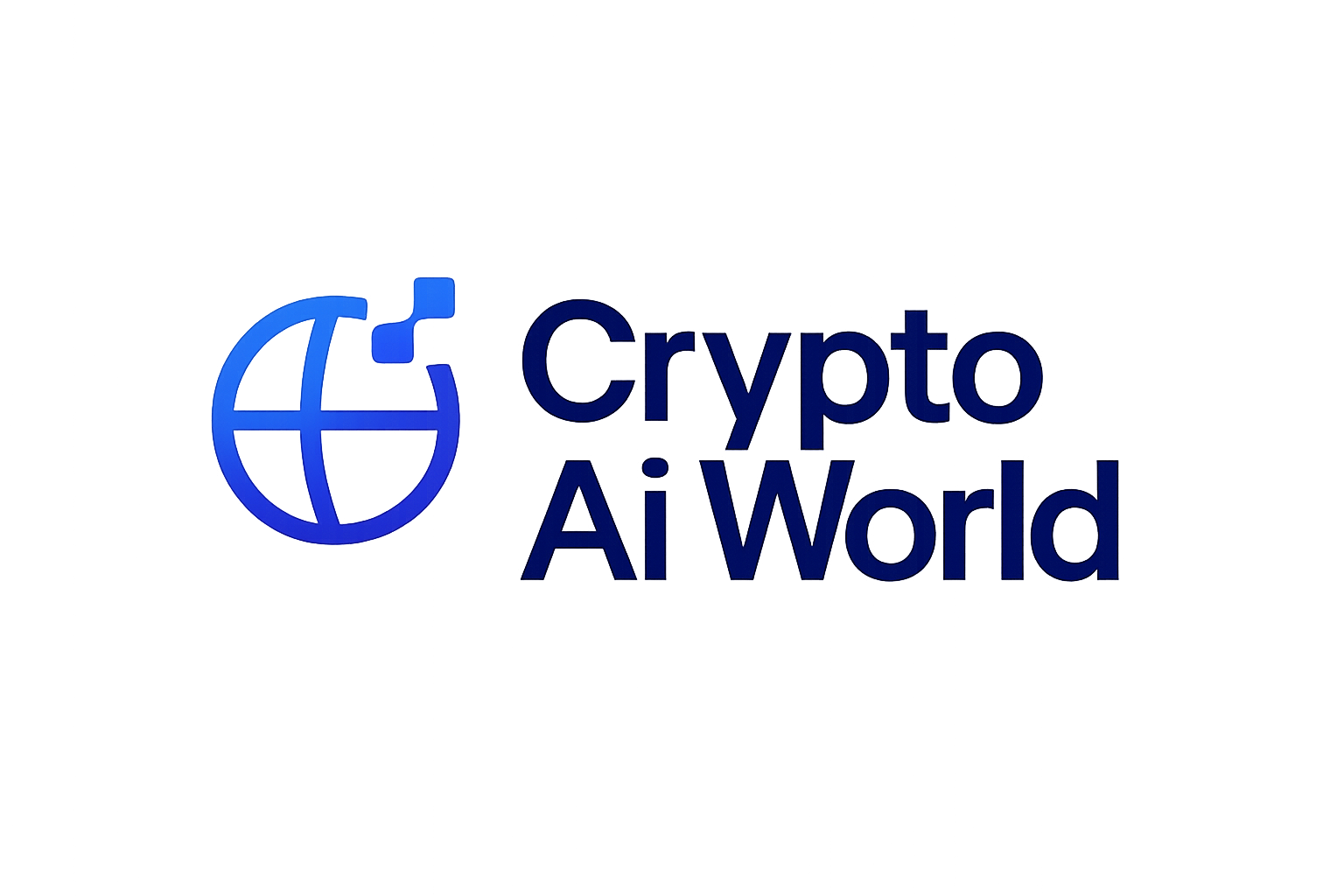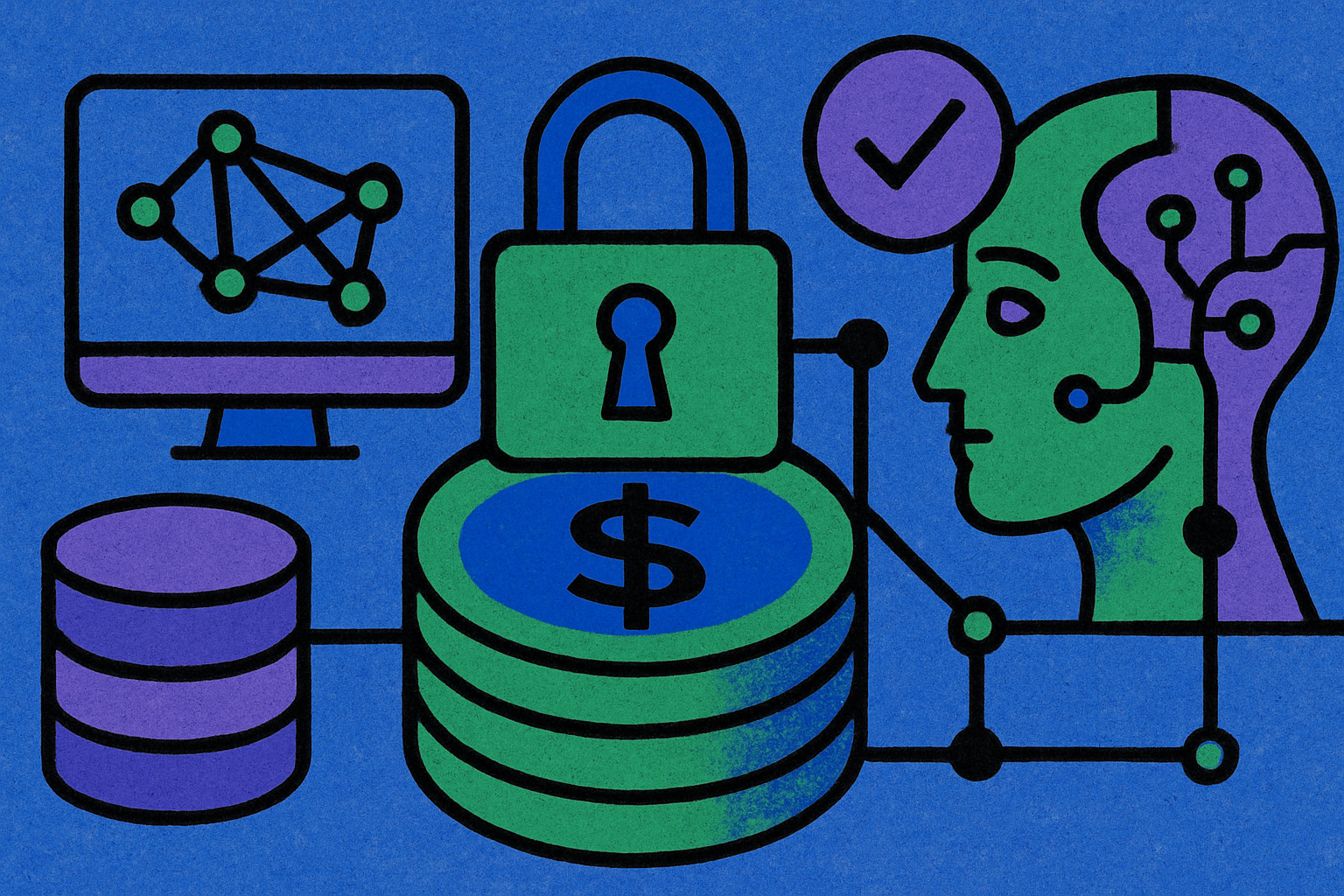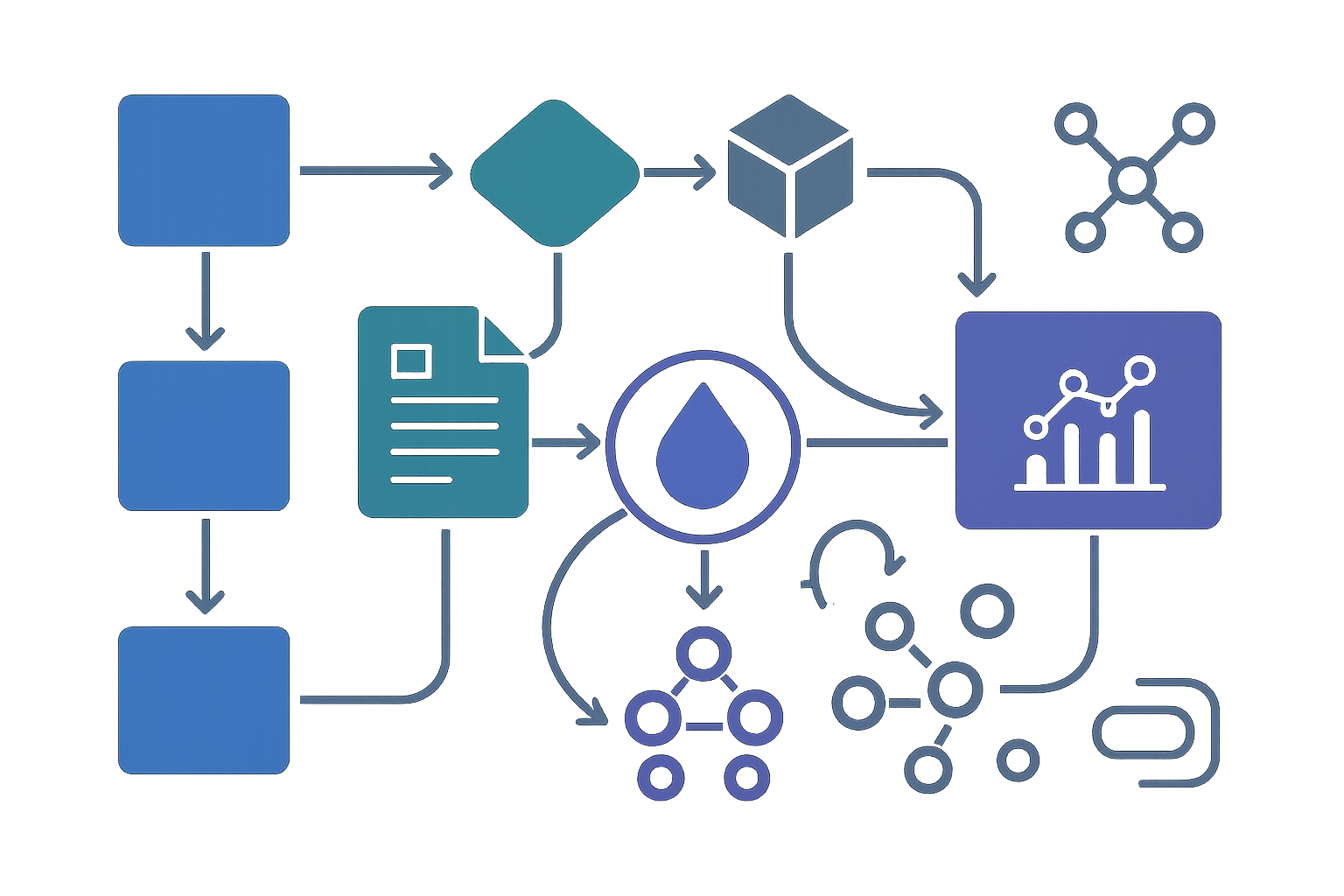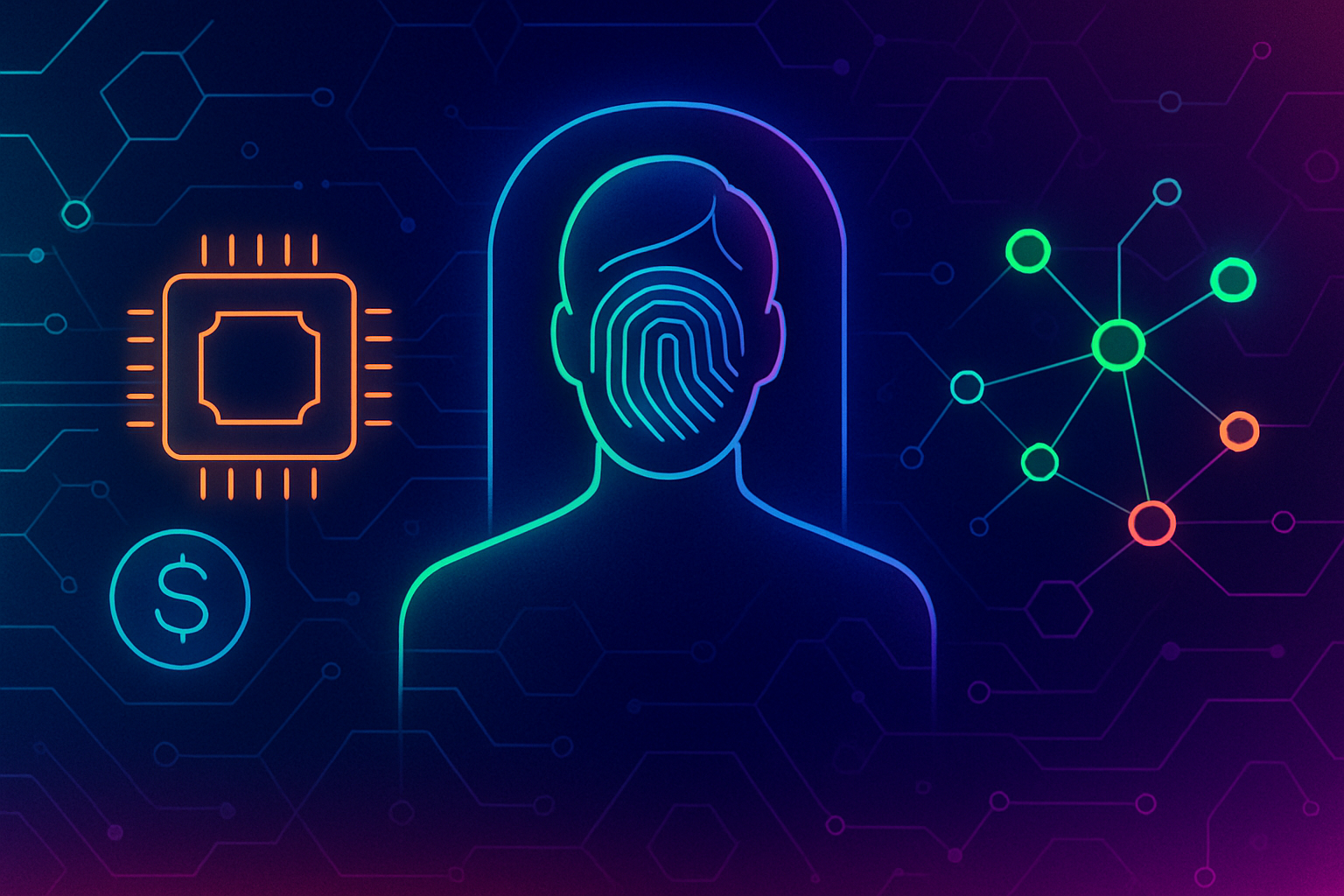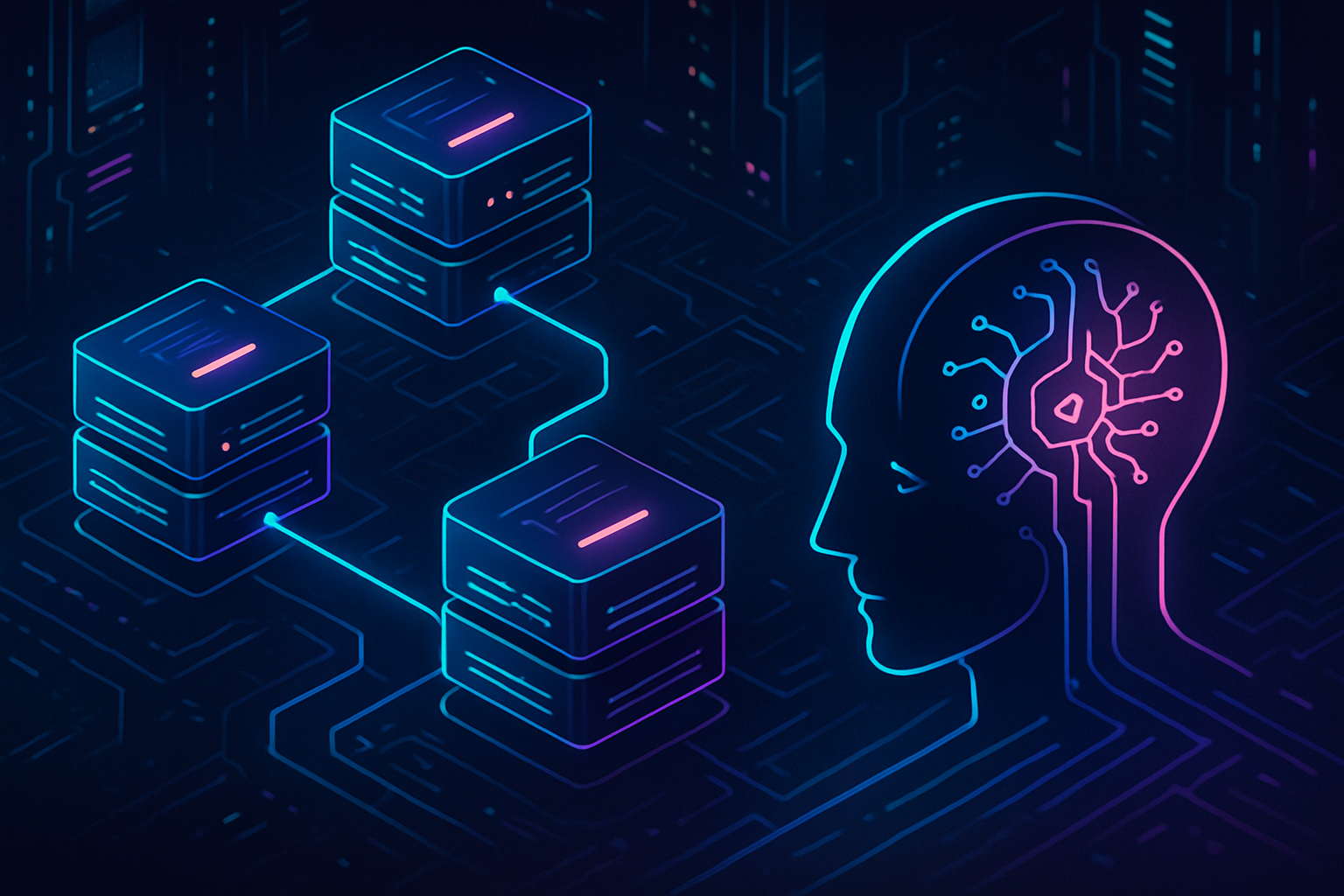
Imagine training your next-gen AI model not on a handful of corporate-owned supercomputers, but on a global swarm of idle GPUs, gaming rigs, and edge devices. That’s the magic decentralized AI compute networks are bringing to machine learning model training in 2025. This isn’t just a technical shift – it’s a tectonic movement that’s democratizing access, supercharging scalability, and putting power back into the hands of builders and communities.

From Centralized Bottlenecks to Permissionless Powerhouses
Let’s be real: traditional machine learning model training has been stuck behind walled gardens for years. Big cloud providers like AWS or Google Cloud have dominated the scene, charging premium prices for compute time and often locking users into rigid contracts. But with decentralized AI compute networks, anyone with spare GPU cycles can join the party – and get paid for it.
Take Akash Network, for example. It’s an open marketplace where developers can buy and sell computing resources securely and efficiently. This means you could train your latest LLM on a mesh of underutilized hardware scattered across continents – no permission slips required. And it’s not just Akash; projects like Golem Network and NodeGoAI are letting users monetize their unused compute power while giving AI developers affordable alternatives to centralized clouds.
Why Decentralized Compute is Changing the Game
The real breakthrough here isn’t just about cost savings (though those are massive). It’s about scalability, privacy, transparency, and inclusion. Here’s how:
Top 5 Advantages of Decentralized Compute for ML Training
-

Enhanced Security & Privacy: Decentralized compute networks keep sensitive data on local devices, reducing exposure to breaches. Projects like Bittensor use blockchain and cryptographic verification to protect user data throughout the training process.
-
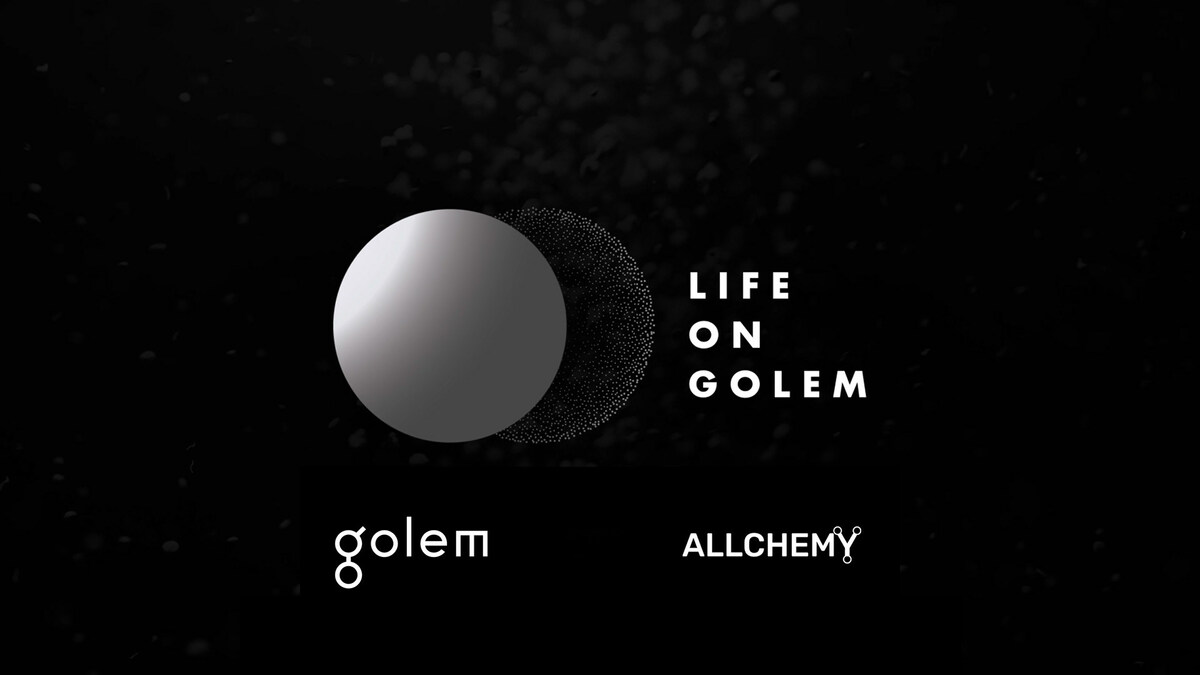
Massive Scalability via Distributed Resources: By tapping into a global pool of GPUs and hardware, networks such as Golem Network and Swarm DLM allow AI model training to scale efficiently—often at a lower cost than centralized cloud solutions.
-
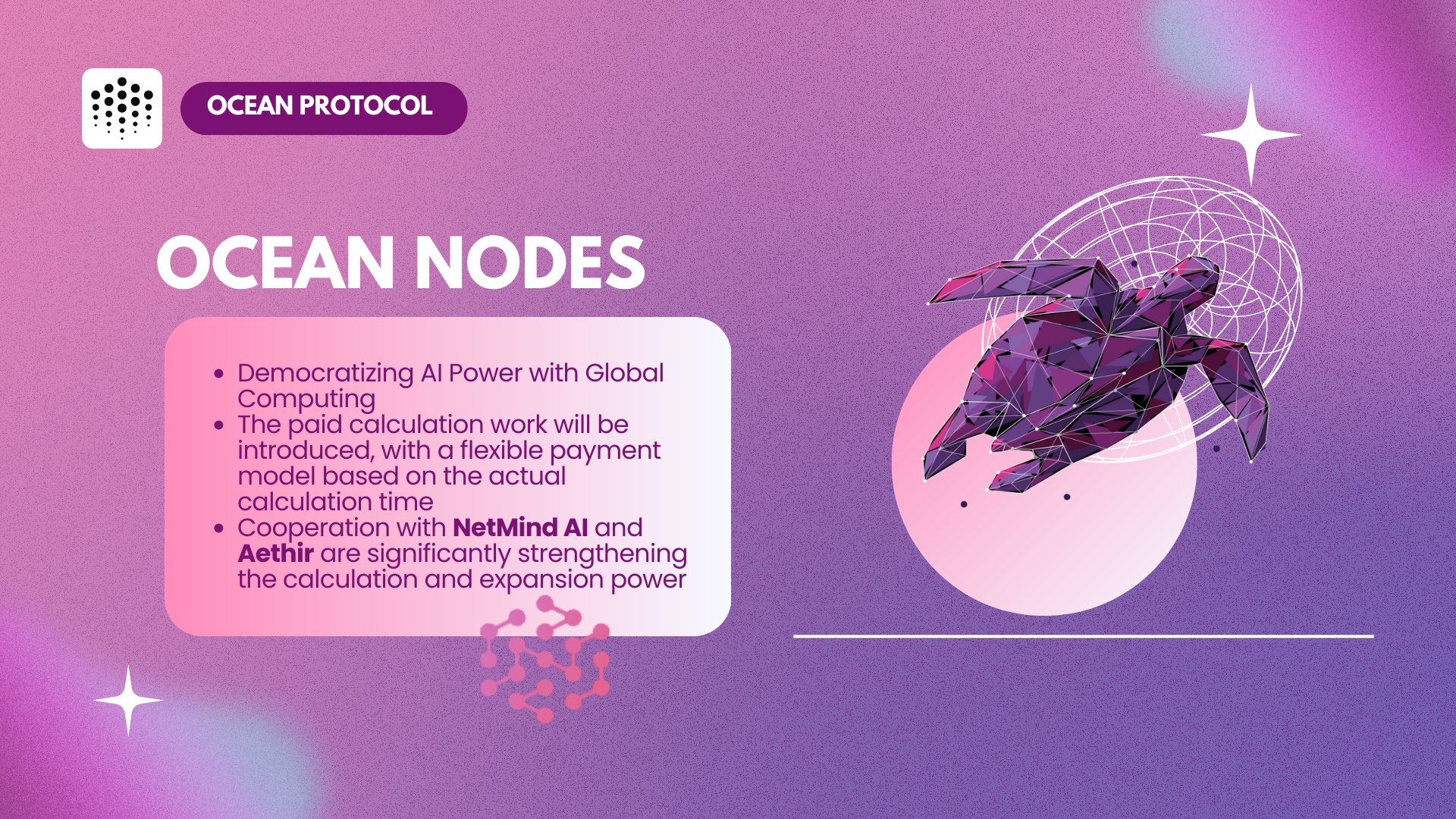
Democratized Access to AI Development: Platforms like Ocean Protocol and NodeGoAI make high-quality compute and datasets accessible to independent researchers and startups, leveling the playing field for AI innovation.
-
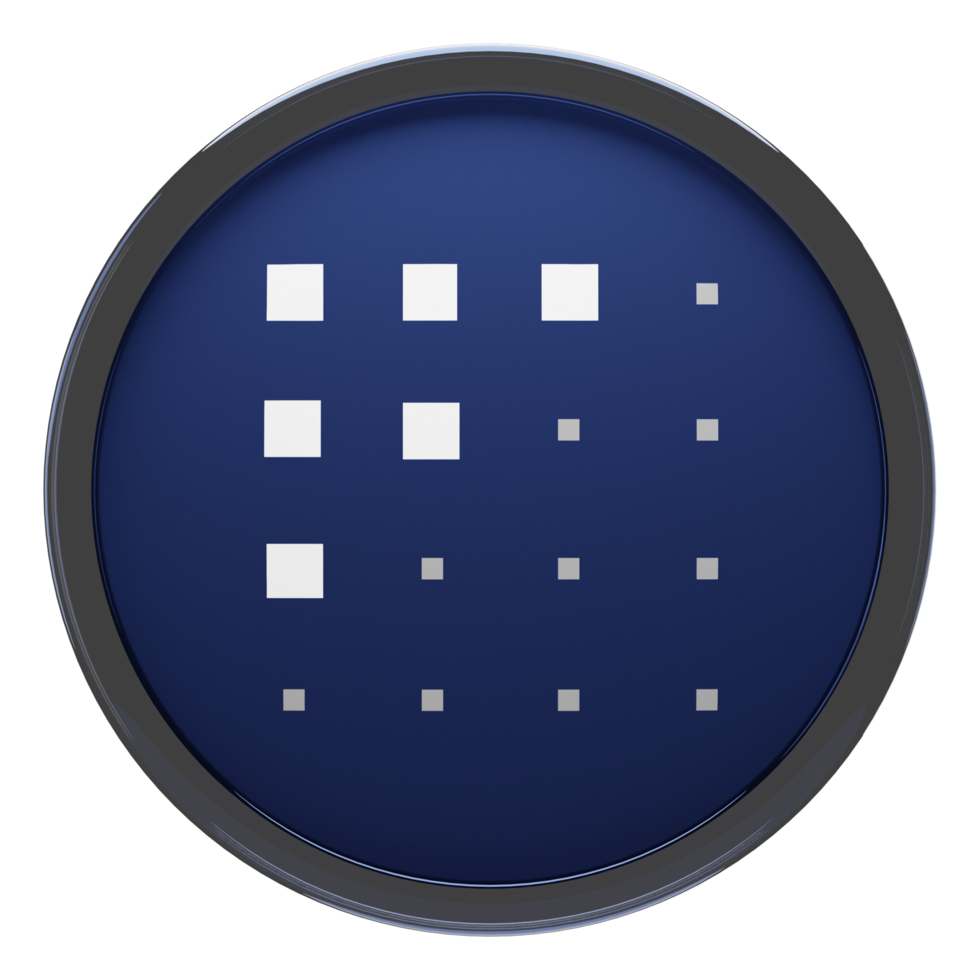
Improved Transparency & Accountability: Every step in model training is auditable on-chain. Fetch.ai leverages blockchain to ensure that AI agent interactions and data usage are fully transparent and traceable.
-
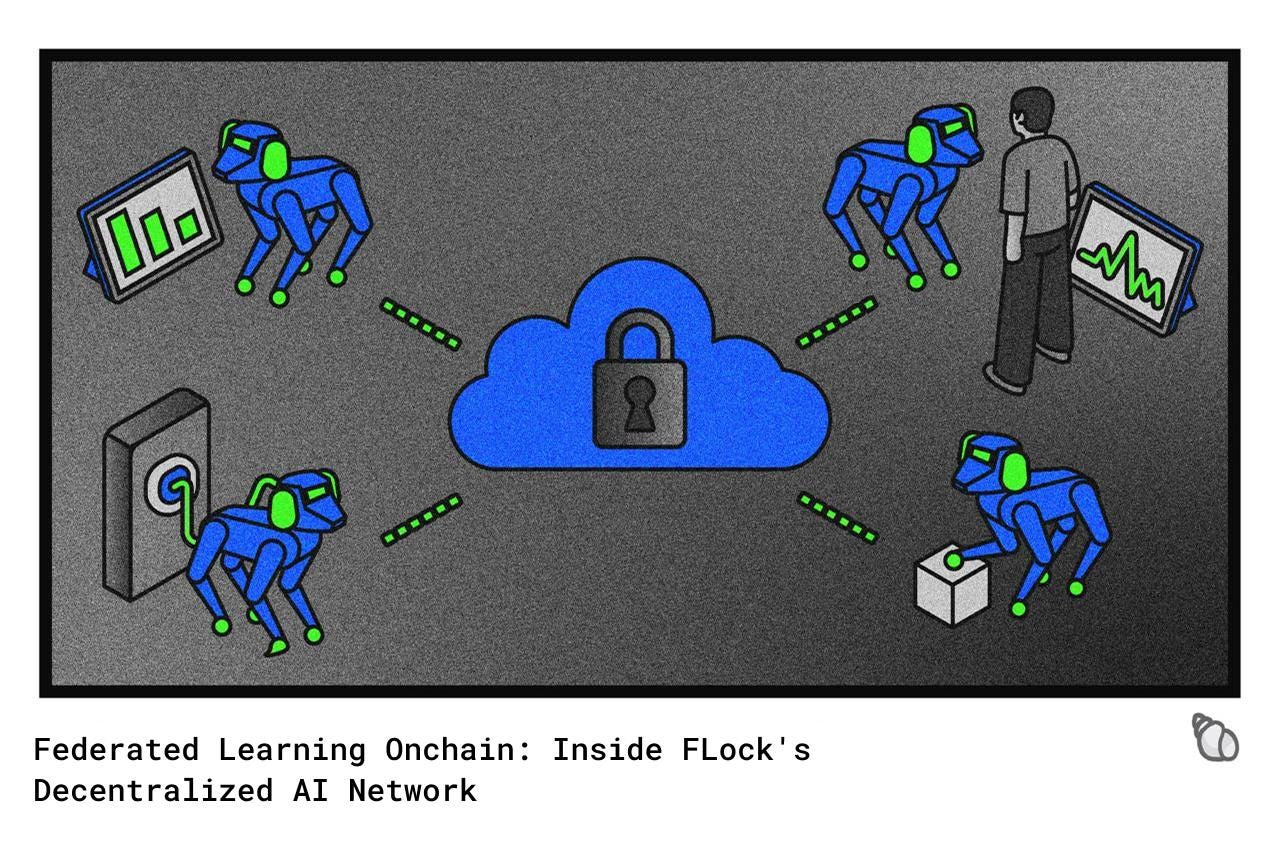
Cutting-Edge Technologies: Federated Learning & Proof-of-Compute: Techniques like Federated Learning and Proof-of-Compute enable collaborative, privacy-preserving training and verifiable compute, powering the next generation of decentralized AI.
1. Enhanced Security and Privacy: Sensitive data stays local on user devices instead of being sent to some distant server farm. Projects like Bittensor use blockchain tech to tokenize contributions while preserving privacy through cryptographic verification (source).
2. Scalability Through Distributed Computation: Need more power? Just tap into more nodes! Golem Network lets you rent unused computing muscle from all over the globe – slashing costs compared to legacy cloud services.
3. Democratized Access and Open Innovation: With lower entry barriers, indie researchers and small startups can finally compete with tech giants. Ocean Protocol even lets data owners monetize their datasets while keeping them secure (source).
4. Radical Transparency and Accountability: Blockchain provides an immutable ledger tracking every step in an AI workflow – from data collection to model deployment – making audits easy and trustless.
This isn’t just hype: it’s reshaping how we think about who gets to build the future of AI.
The Tech Behind Decentralized Machine Learning Training
If you’re wondering what makes all this possible, let’s break down some key innovations fueling DePIN protocols and blockchain AI infrastructure:
- Federated Learning: Instead of sending raw data around (risky!), federated learning lets each node train locally then share only model updates. This keeps personal info private while still enabling collaborative learning across diverse datasets (learn more).
- Proof-of-Compute: How do you know someone actually did that expensive GPU work? Proof-of-compute creates cryptographic receipts that verify tasks were completed correctly – ensuring fair rewards without needing blind trust (details here).
- Pioneering Projects: Swarm’s Decentralized Learning Machine (DLM) is turning community GPUs into secure high-performance clusters; Gensyn orchestrates distributed ML training at scale; NodeGoAI helps users turn idle hardware into value for AI workloads.
This blend of blockchain incentives, cryptography, and smart protocols is what makes decentralized compute for AI not only possible but increasingly practical for real-world applications.
So, what does this all mean for the future of machine learning model training? In a word: empowerment. With decentralized AI compute networks, the gatekeepers of high-performance infrastructure are being replaced by open, permissionless ecosystems. Suddenly, whether you’re a solo developer in Bali or a research collective in Berlin, you can access the kind of computational firepower once reserved for Fortune 500s.
Let’s take a closer look at some standout projects that are setting the pace:
Spotlight: Leading Decentralized AI Compute Networks
-
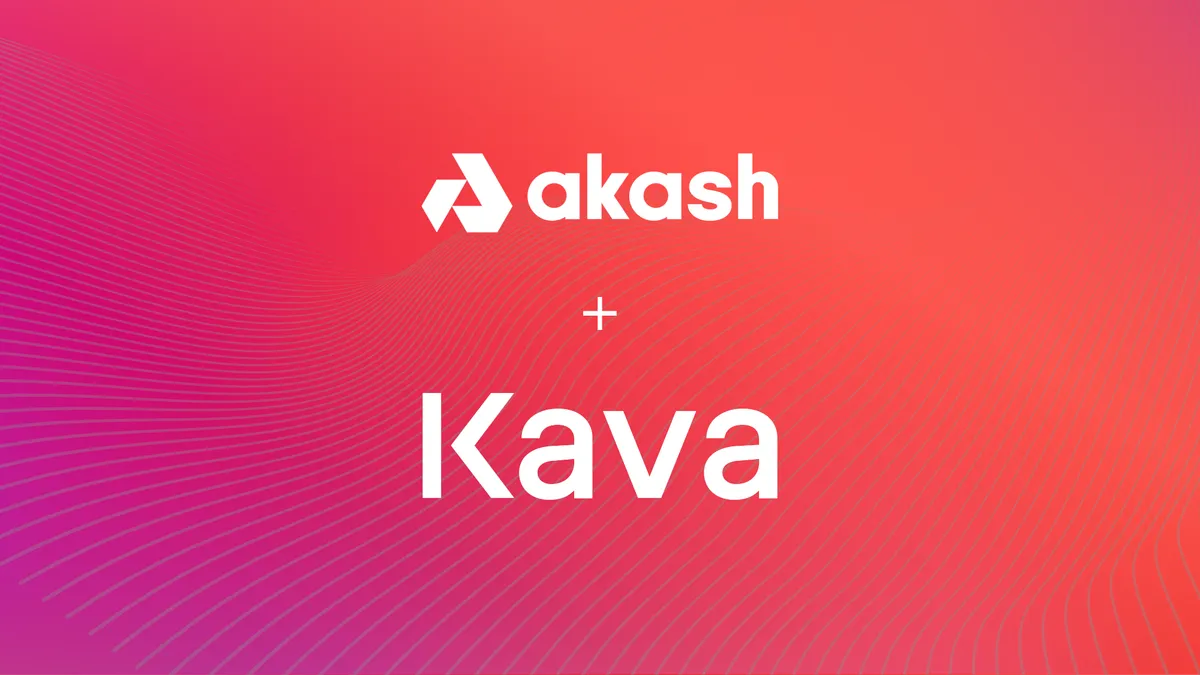
Akash Network: A decentralized compute marketplace where users can securely buy and sell computing resources. Akash is purpose-built for public utility, making it easy to access affordable GPU power for AI model training without relying on big cloud providers.
-
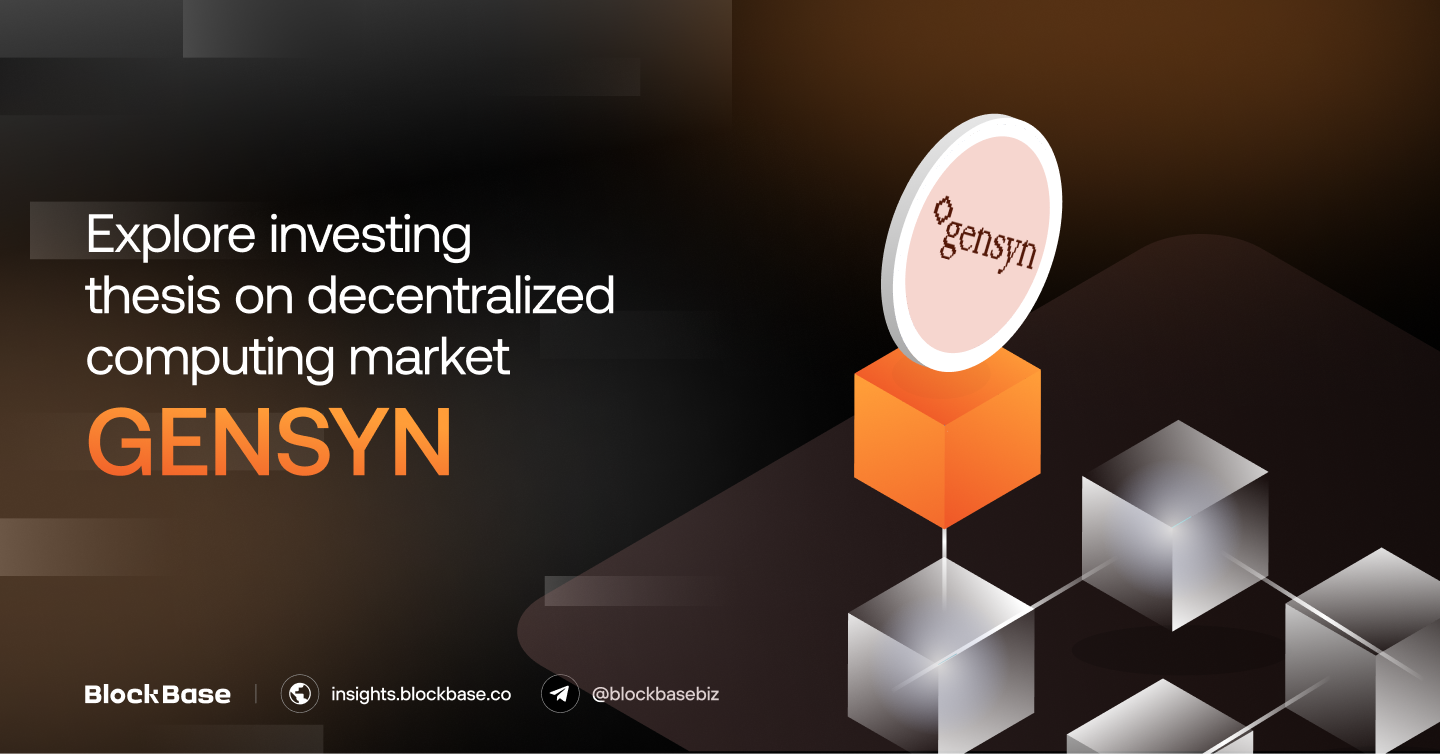
Gensyn: Gensyn offers a decentralized protocol that lets developers train machine learning models across a global network of distributed nodes. It provides scalable, trustless access to compute resources, helping democratize AI development.
-
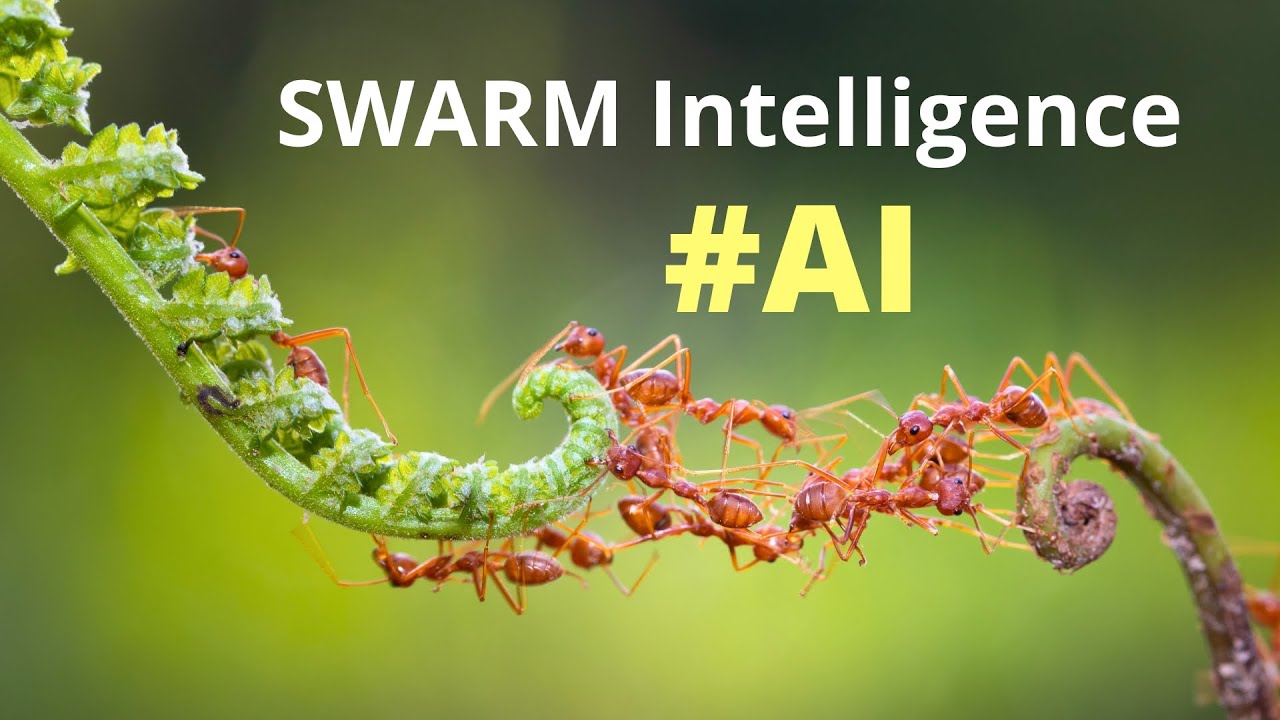
Swarm DLM (Decentralized Learning Machine): Swarm DLM transforms community-owned GPUs into secure, high-performance clusters for AI innovators. It enables secure, accelerated machine learning training using a decentralized approach.
-
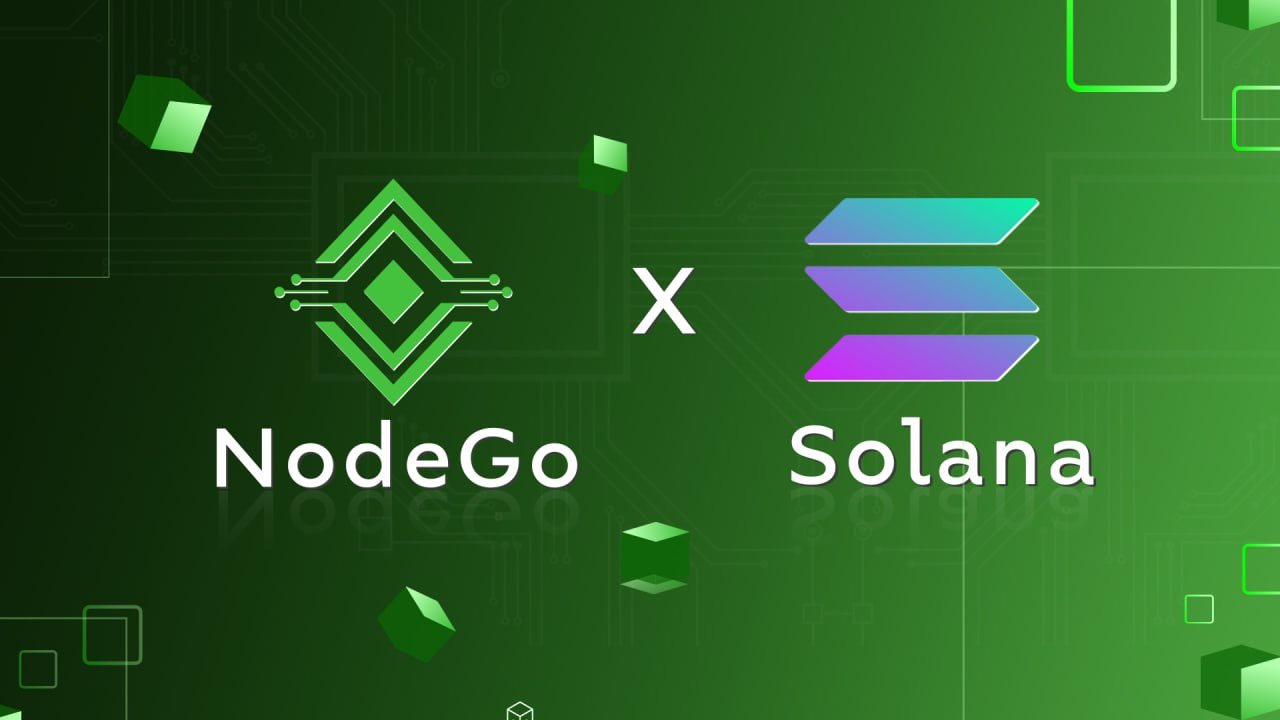
NodeGoAI: NodeGoAI empowers users to monetize their unused computing power by contributing to a decentralized network for AI and high-performance computing. It opens up new earning opportunities while supporting the AI ecosystem.
Gensyn is all about orchestrating scalable machine learning training across distributed nodes. By removing centralized choke points and relying on a protocol-first approach, they’re making it possible to train larger models faster, and more affordably, than ever before. Meanwhile, Swarm’s Decentralized Learning Machine (DLM) is unleashing community-owned GPUs as secure HPC clusters for innovators at every level.
The impact isn’t just technical, it’s cultural. Decentralized compute networks are fostering new communities where contributors are rewarded transparently via tokenomics and on-chain verification. This creates a powerful incentive loop for both hardware providers and AI builders to collaborate openly.
“The rise of DePIN protocols means AI innovation is no longer locked behind corporate walls. Anyone can contribute compute or data, and everyone gets credit. “
Challenges and What Comes Next
No revolution comes without hurdles. Decentralized AI compute networks still face challenges around latency, bandwidth constraints, and the complexity of orchestrating workloads across heterogeneous hardware. But with rapid advances in federated learning frameworks and proof-of-compute systems, these obstacles are shrinking fast.
Security remains paramount, especially as more sensitive data stays local on edge devices. Expect continued innovation in cryptographic techniques and privacy-preserving protocols to keep decentralized training robust against adversarial attacks.
If you’re ready to get your hands dirty or simply want to follow along as this space evolves, there’s never been a better time to dive in:
Have you tried training an AI model on a decentralized compute network?
Decentralized AI compute networks like Akash, Golem, and Bittensor are making it easier and more affordable to train machine learning models by sharing resources across a global network. We’re curious about your experience!
Why This Matters for Developers and Builders
The bottom line? Decentralized compute for AI is no longer science fiction, it’s here and scaling rapidly. Whether you’re looking to cut costs on your next ML project or want to contribute your idle GPU cycles for rewards, there’s an entry point for everyone. And with transparent governance baked into many protocols (think DAOs running resource allocation), the ecosystem feels more like an open-source movement than traditional SaaS.
If you want to geek out further or start experimenting yourself, check out detailed technical guides from projects like Akash Network (https://akash.network/) or see how Gensyn is pushing boundaries (read more here). For those interested in data monetization alongside model training, Ocean Protocol offers another compelling approach (learn more).
The days of centralized lock-in are numbered, and that’s not just good news for developers; it’s a win for global innovation itself. Whether you’re optimizing deep neural nets or just curious about DePIN protocols’ potential, decentralized AI compute networks are opening doors we never thought possible.
